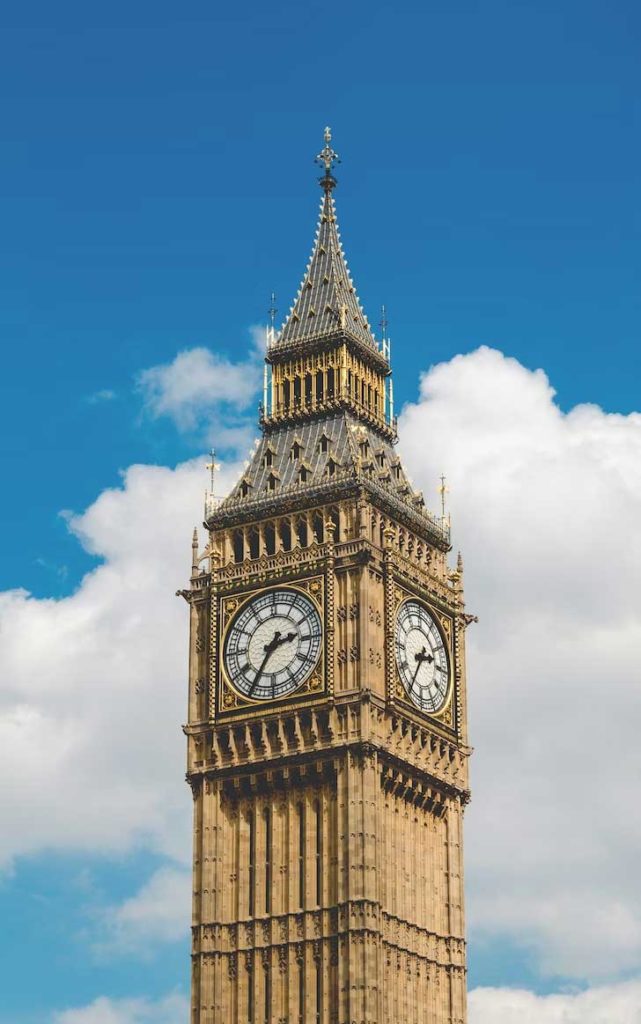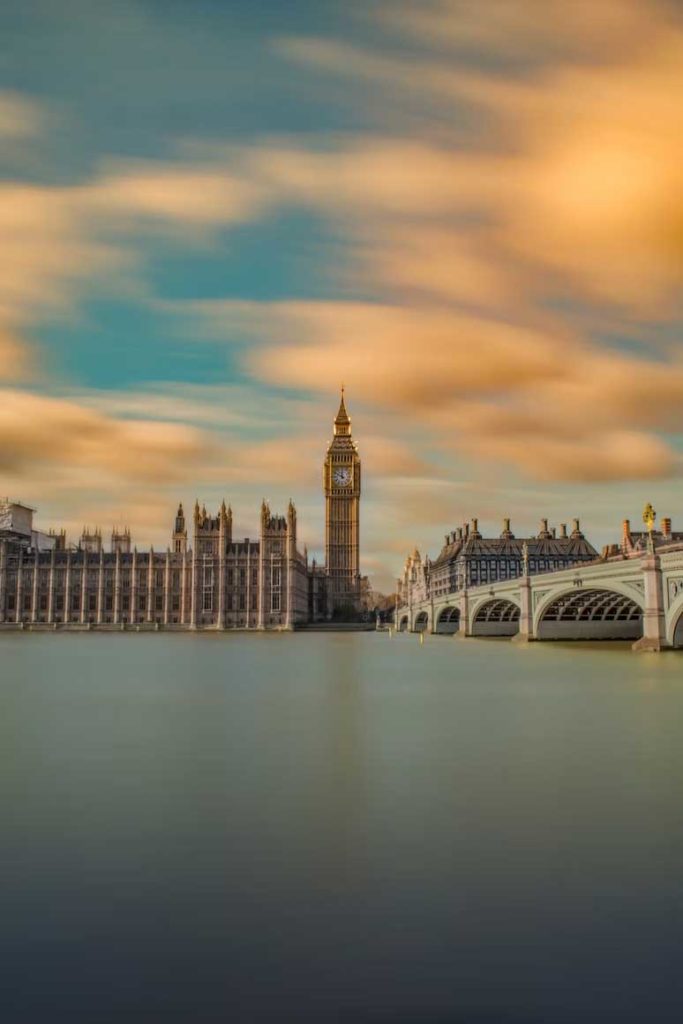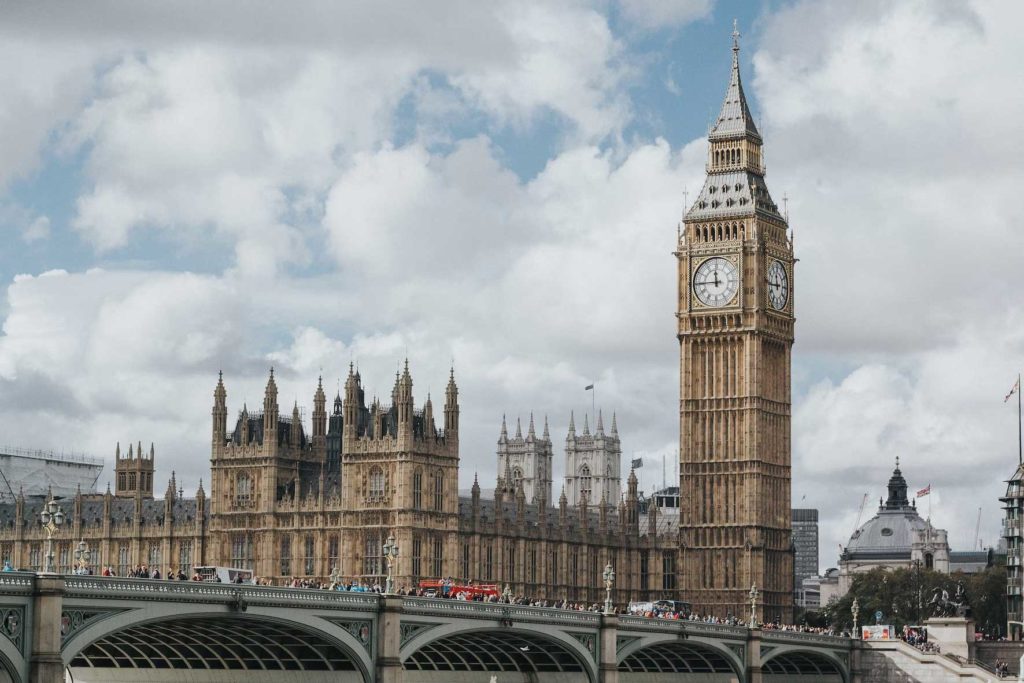Reasons to travel to London: Big Ben
London’s iconic landmark, Big Ben, has captivated the world with its majestic presence and melodic chimes for centuries. A symbol of the city and a testament to architectural grandeur, Big Ben holds a wealth of intriguing history and fascinating details. In this article, we embark on an exploration to unravel the mysteries surrounding Big Ben, shedding light on its significance, power source, chime schedule, formal name, and the origin of its endearing nickname.
What is Big Ben?
Big Ben refers to the iconic clock tower located at the north end of the Palace of Westminster in London, England. Contrary to popular belief, the name “Big Ben” technically refers to the clock’s massive bell, not the tower itself. However, over time, the name has come to be associated with the entire structure, including the clock and tower.


How is Big Ben powered?
While Big Ben’s magnificence may make it seem otherworldly, its power source is rather practical. The clock tower is powered by electricity, using an intricate mechanism to keep time. The energy required to operate the clock is supplied by the British mains electricity system. Interestingly, the clock mechanism is so precise that even a temporary power outage does not affect its accuracy. Additionally, there is a backup electric motor that ensures the clock continues to function flawlessly.
When does Big Ben chime?
Big Ben’s chimes have become synonymous with the passage of time and London’s sonic landscape. The clock tower’s resounding chimes ring out every hour, signaling the passing minutes. However, Big Ben is not just a constant auditory companion throughout the day. Its chimes also mark significant occasions, such as New Year’s Eve celebrations and important national events. The deep, resonant sound of Big Ben has become an enduring part of London’s cultural fabric.
What is Big Ben’s formal name?
Contrary to its popular moniker, Big Ben’s formal name is the Elizabeth Tower. It was renamed in 2012 to commemorate the Diamond Jubilee of Queen Elizabeth II. The tower was previously known as the Clock Tower and was officially given its new name as a tribute to the Queen’s long reign.
How did Big Ben get its nickname?
The origin of Big Ben’s nickname is steeped in history and folklore. The most widely accepted explanation attributes the nickname to Sir Benjamin Hall, the Chief Commissioner of Works during the construction of the clock tower. Sir Benjamin Hall, known for his considerable stature and booming voice, was affectionately called “Big Ben” by his workers. Over time, this nickname became associated with the bell itself, and subsequently extended to the entire tower. Although this explanation holds popular appeal, it should be noted that the precise origin of the nickname is still a subject of debate and remains somewhat elusive.

Big Ben stands as an iconic symbol of London’s rich history and architectural marvels. Powered by electricity, its majestic chimes resonate with significance throughout the day and on special occasions. Officially known as the Elizabeth Tower, this iconic landmark derived its nickname, Big Ben, from the larger-than-life figure of Sir Benjamin Hall. Big Ben’s allure continues to captivate visitors and locals alike, leaving an indelible mark on the vibrant tapestry of London’s cultural heritage.
See our London Travel Guide


